Government subsidies play a pivotal role in promoting agriculture, and in India, the Mission for Integrated Development of Horticulture (MIDH) is a game-changer. Farmers nationwide can now avail of substantial subsidies, ranging from 40-60%, to boost their fruit crop cultivation. In this blog, we’ll delve into the intricacies of the MIDH scheme, breaking down the steps for you to quickly access these subsidies. Get ready to transform your fruit farming prospects and reap the benefits.
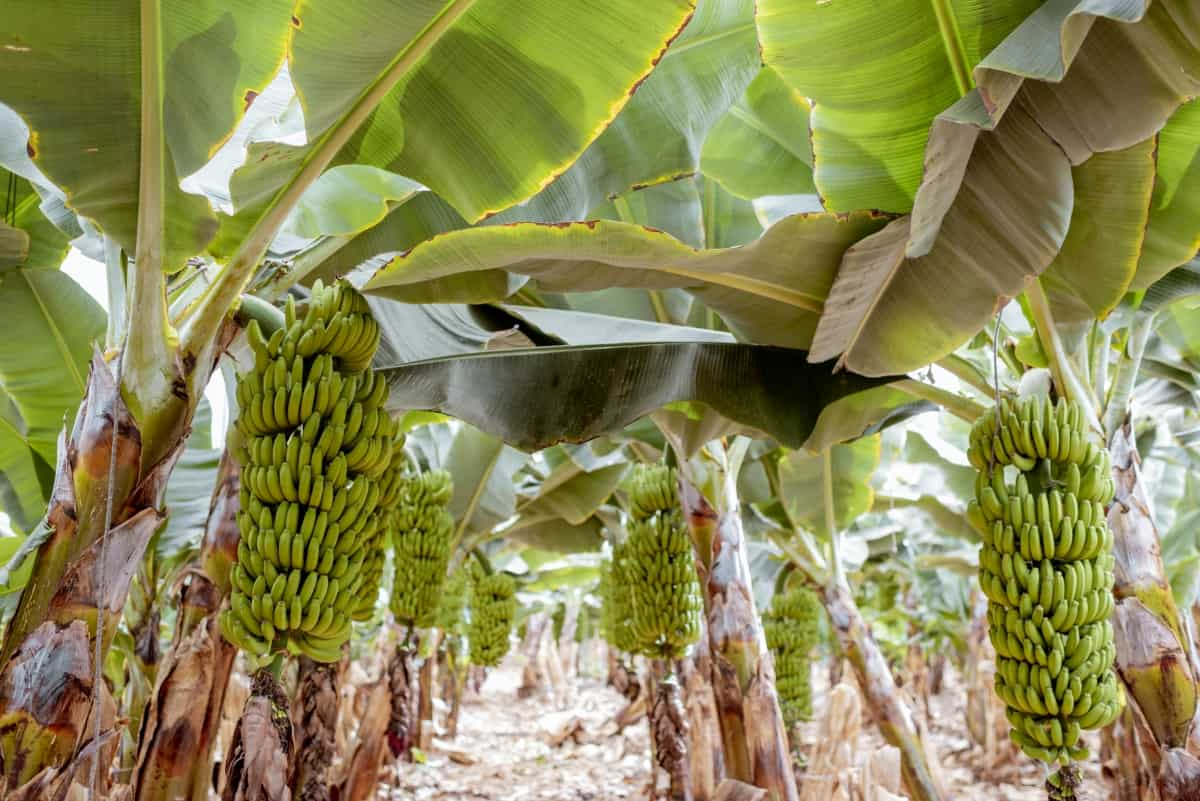
If you are a farmer in India who wants to grow fruit crops, you might be interested in the Mission for Integrated Development of Horticulture (MIDH). This is a government scheme that aims to promote growth of the horticulture sector in the country. In this blog post, we talk what MIDH is, how it can help you avail subsidies for your fruit crops, and what are the benefits and challenges of participating in this scheme.
Government Subsidy for Fruit Crops in India
Mission for Integrated Development of Horticulture in India
The Ministry of Agriculture and Farmers Welfare introduced MIDH in 2014 as a centrally sponsored program. It integrates various existing schemes related to horticulture development, such as the National Horticulture Mission, Horticulture Mission North East and Himalayan States, National Bamboo Mission, National Horticulture Board, Coconut Development Board, and Central Institute for Horticulture.
Objectives of MIDH
- To increase the production, productivity of horticultural crops, such as fruits, vegetables, flowers, spices, plantation crops, medicinal and aromatic plants, and mushrooms.
- To enhance the quality and marketability of horticultural produce by providing post-harvest management facilities, cold chain infrastructure, processing units, marketing support, etc.
- To promote the adoption of improved technologies and practices, such as high-density planting, micro-irrigation, protected cultivation, organic farming, integrated pest management, etc.
- To create employment opportunities, income generation for farmers and rural youth, especially women and marginalized groups.
- To ensure ecological sustainability and environmental security of the horticulture sector by conserving natural resources, enhancing soil health, reducing carbon footprint, etc.
MIDH Subsidies for Fruit Crops
- Establishment of new orchards or rejuvenation of old orchards with improved varieties of fruit crops.
- Adoption of a high-density planting system with drip irrigation and fertigation facilities.
- Installation of protected cultivation structures such as polyhouses, net houses, shade nets, etc.
- Establishment of nurseries for the production of quality planting material.
- Procurement of tools and equipment for orchard management.
- Establishment of post-harvest management facilities such as pack houses, cold storage, ripening chambers, etc.
- Establishment of processing plants for value addition of fruit crops.
- Promotion of organic farming, certification of organic produce.
The subsidy rates vary depending on the type and scale of activity, the category of the beneficiary (small/marginal farmer or others), and the location (general area or hilly/tribal area). The subsidy is generally given as a percentage of the total project cost or the unit cost prescribed by the government. The support ranges from 20% to 60% for different activities. For example:
- For the establishment of new orchards or rejuvenation of old orchards with improved varieties of fruit crops, the subsidy is 40% for small/marginal farmers and 20% for others in general areas and 60% for small/marginal farmers and 30% for others in hilly/tribal areas.
- For adopting a high-density planting system with drip irrigation and fertigation facilities, the subsidy is 50% for small/marginal farmers, 25% for others in general areas, 75% for small/marginal farmers, and 37.5% for others in hilly/tribal areas.
- For the installation of protected cultivation structures such as polyhouses, net houses, shade nets, etc., the subsidy is 50% for small/marginal farmers and 25% for others in general areas, 75% for small/marginal farmers, and 37.5% for others in hilly/tribal areas.
In case you missed it: Government Subsidy for Vegetable Crops in India: How to Avail up to 40–60% under MIDH Scheme
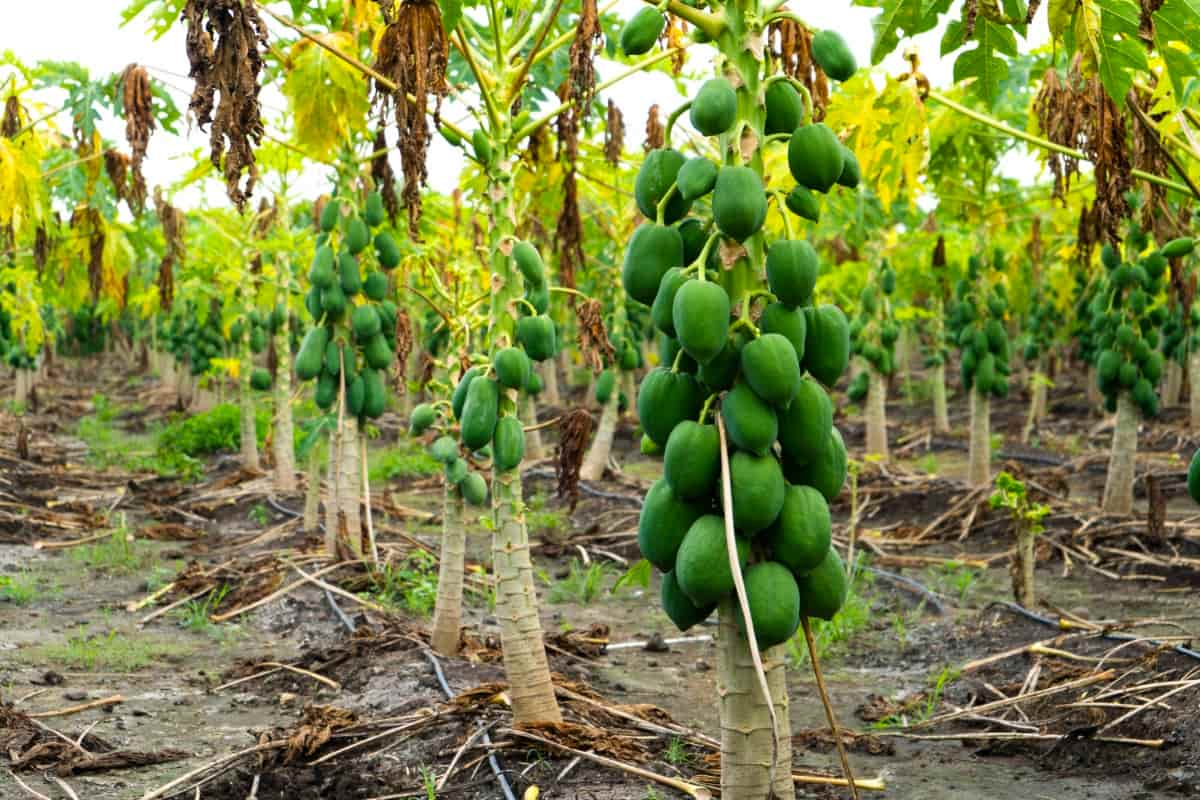
Steps to Avail Subsidies of the MIDH Scheme
- Identify the activity you want to undertake from the list of eligible activities under the MIDH scheme.
- Prepare a detailed project report (DPR) with the help of an expert or a consultant. The DPR should include your name, address, bank account details, land details,
- crop details, project cost details, expected benefits, etc.
- Submit the DPR, along with relevant documents such as land records, identity proof, bank passbook, etc., to the nearest office of the State Horticulture Mission (SHM) or the State Department of Horticulture (SDH).
- The SHM or SDH will scrutinize your DPR and documents and forward them to the concerned technical committee or sub-committee for approval.
- Once the technical committee or sub-committee approves your DPR,
- You will receive a sanction letter from the SHM or SDH indicating the amount of subsidy sanctioned.
- You must execute an agreement with the SHM or SDH and deposit your share of the project cost in your bank account.
- You will have to implement the project as per the DPR and the guidelines of the MIDH scheme within the stipulated period.
- You must submit the progress reports and utilization certificates to the SHM or SDH regularly.
- You must maintain proper records and accounts of the project and allow inspection and verification by the SHM, SDH, or any other authorized agency.
- You will have to claim the subsidy from the SHM or SDH after the completion of the project and submission of all the required documents, such as completion certificates, bills, invoices, receipts, etc.
Maximizing Your Agricultural Benefits: MIDH’s 60% Subsidy Scheme
MIDH scheme offers a generous subsidy of 60% for small/marginal farmers in hilly/tribal areas for various activities related to fruit crop development. This is a golden opportunity to maximize your agricultural benefits by investing in fruit crop cultivation with MIDH support.
- Fruit crops are high-value crops that can fetch higher returns than traditional crops such as cereals, pulses, oilseeds, etc.
- Fruit crops are perennial crops that can provide you income for several years without much recurring expenditure.
- Fruit crops are nutritious crops that can improve your health and well-being as well as that of your family and consumers.
- Fruit crops are climate-resilient crops that can withstand adverse weather conditions such as drought, flood, frost, etc.
- Fruit crops are environment-friendly and can enhance soil fertility, conserve water, reduce erosion, sequester carbon, etc.
How Can Farmers Avail of the 60% Subsidy for Fruit Crop Development?
- You need to ensure that your land is located in a hilly/tribal area as defined by the government. You can check the list of hilly/tribal areas on the website of MIDH SHM or SDH or consult your local officials.
- You need to ensure that you belong to the category of small/marginal farmer as defined by the government. A small farmer owns up to 2 hectares of land, and a marginal farmer owns up to 1 hectare. You can verify your landholding size from your land records or consult your local officials.
- You need to ensure that you choose a fruit crop that is suitable for your agro-climatic zone and soil type. You can get guidance from expert consultants, extension workers, or research institutions on the best fruit crop for your area.
- You need to follow the best practices and technologies for fruit crop cultivation as prescribed by the MIDH scheme. You can get training and exposure from expert consultants, extension workers, or research institutions on the latest techniques and methods for fruit crop development.
In case you missed it: Government Subsidy for Urban Farming in India: How to Avail up to 75%
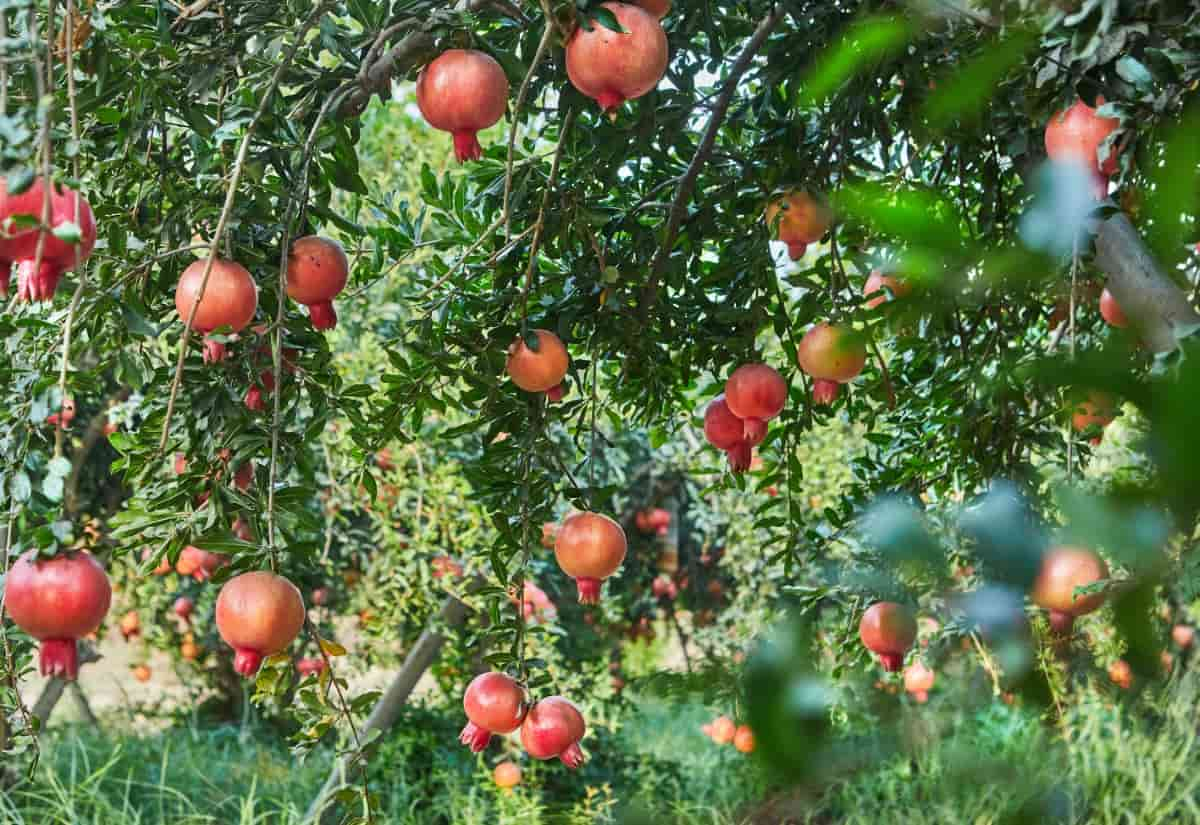
What are the Key Requirements to Qualify for MIDH Subsidies?
- You need to be an Indian citizen and a resident of India.
- You need to be a farmer or a group of farmers, a farmer producer organization (FPO), a self-help group (SHG), a cooperative society, or any other legal entity engaged in horticulture activities.
- You need to have a valid bank account linked with your Aadhaar number.
- You must have clear title or lease rights over the land where you want to undertake the project.
- You need to have adequate water source and irrigation facilities for the project.
- You must have no pending dues or defaults with any financial institution or government agency.
Are There Specific States with Higher Subsidy Opportunities for Fruit Crops?
Yes, states with higher subsidy opportunities for fruit crops under the MIDH scheme. These are
- The eight northeastern states: Arunachal Pradesh, Assam, Manipur, Meghalaya, Mizoram, Nagaland, Sikkim and Tripura
- The three Himalayan states: Himachal Pradesh, Jammu & Kashmir and Uttarakhand
- The two island territories: Andaman & Nicobar Islands and Lakshadweep
These states and territories are given particular preference under the MIDH scheme because they have immense potential for horticulture development due to their diverse agro-climatic conditions, rich biodiversity, and unique local varieties.
What are the Benefits of Investing in Fruit Crop Cultivation with MIDH Support?
MIDH is a flagship scheme of the Government of India that aims to promote holistic growth of the horticulture sector through various interventions. MIDH provides a comprehensive support package for fruit crop cultivation, covering all aspects from nursery to post-harvest management.
- Establishment of nurseries and tissue culture units for the production, distribution of quality planting material
- Area expansion and rejuvenation of old and senile orchards
- Promotion of high-density planting, canopy management, micro-irrigation and fertigation
- Adoption of integrated pest, disease management practices
- Establishment of cold storages, pack houses, processing units, and market infrastructure
- Promotion of organic farming, good agricultural practices and certification
- Capacity building and skill development of farmers and extension workers
- Creation of farmer-producer organizations and clusters for collective action
In case you missed it: Government Subsidy for Biofloc Fish Farming in India
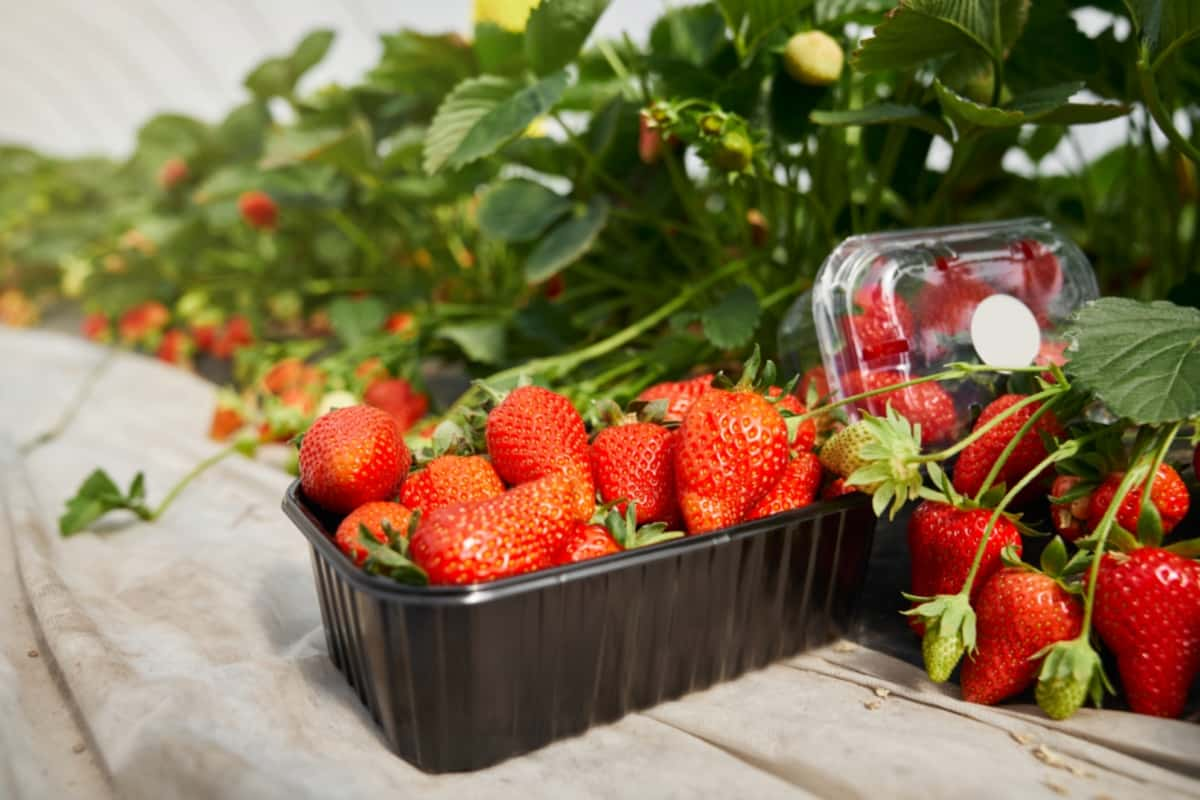
Benefits of Investing in Fruit Crop Cultivation with MIDH Support
- Increased productivity and quality of fruits due to improved planting material, technology, and practices
- Enhanced income and profitability due to reduced cost of production, value addition, and market linkages
- Diversified and resilient livelihoods due to crop diversification, risk mitigation, and insurance
- Improved food, nutritional security due to increased availability and consumption of fruits
- Environmental conservation due to reduced water use, soil erosion, chemical inputs, and greenhouse gas emissions
Success Stories of Farmers Benefiting from MIDH Subsidies for Fruit Crops
A farmer from Maharashtra increased his income by 300% by adopting high-density planting of pomegranate with drip irrigation and fertigation under MIDH. He also received assistance in establishing a packed house and a cold storage unit for better post-harvest management.
A farmer from Himachal Pradesh transformed his barren land into a productive apple orchard with MIDH support. He received quality planting material, training on canopy management, micro-irrigation systems, and anti-hail net. He also availed of a credit-linked subsidy for setting up a solar dryer for processing surplus apples.
A farmer from Karnataka switched from sugarcane to banana cultivation with MIDH assistance. He received tissue culture plants, micro-irrigation systems, mulching material, and bio-fertilizers. He also formed a farmer-producer organization with other banana growers and accessed better markets and prices.
In case you missed it: High-Yielding Sugarcane Varieties in India: Hybrid Cultivars for Increases Profits
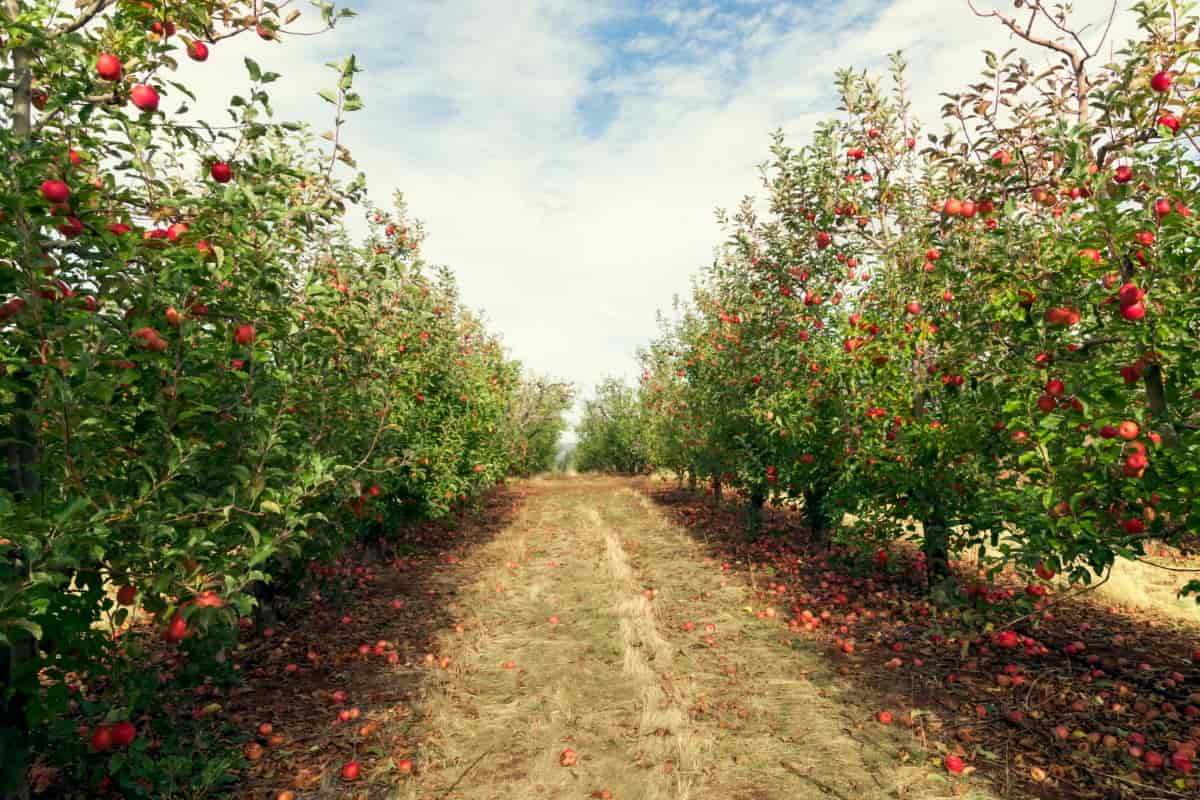
What are the Challenges Faced by Farmers When Applying For MIDH Subsidies?
- Lack of awareness and information about the scheme and its components
- Complex and cumbersome procedures and documentation requirements
- Delayed release and disbursement of funds
- Inadequate monitoring and evaluation of the scheme implementation
- Lack of convergence and coordination among different agencies involved in the scheme
- Seeking guidance and assistance from the nearest horticulture department office or Krishi Vigyan Kendra (KVK)
- Participating in awareness campaigns, workshops, and training programs organized by the government or other agencies
- Forming groups or cooperatives with other farmers to apply for the scheme collectively
- Maintaining proper records and documents related to the scheme activities
- Following up regularly with the concerned authorities for the timely release and receipt of funds
Fruit Crops in India under MIDH Recommendation
| Fruit Type | No. of Plants per Hectare | Spacing Recommendation (m) |
| Almond | 625 | 4.0 × 4.0 |
| Aonla | 278 | 6.0 × 6.0 |
| Apple | 278 | 6.0 × 6.0 |
| Apricot | 625 | 4.0 × 4.0 |
| Banana (Sucker) | 2500 | 2.0 × 2.0 |
| Banana (TC) | 3086 | 1.8 × 1.8 |
| Ber | 278 | 6.0 × 6.0 |
| Cherry | 625 | 4.0 × 4.0 |
| Citrus (Lime & Lemons) | 1111 | 3.0 × 3.0 |
| Citrus (Mandarine/Orange) | 278 | 6.0 × 6.0 |
| Custard apple | 1600 | 2.5 × 2.5 |
| Fig | 625 | 4.0 × 4.0 |
| Grapes | 625 | 4.0 × 4.0 |
| Guava | 278 | 6.0 × 6.0 |
| Kiwi | 278 | 6.0 × 6.0 |
| Litchi | 100 | 10.0 x 10.0 |
| Mango | 100 | 10.0 x 10.0 |
| Papaya | 2777 | 1.8 x 1.8 |
| Passion fruit | 625 | 4.0 × 4.0 |
| Peach | 1333 | 3 x 2.5 |
| Pear | 500 | 5.0 × 5.0 |
| Pineapple (Suck) | 45000 | 0.6 × 0.3 |
| Pineapple (TC) | 45000 | 0.6 × 0.3 |
| Plum | 816 | 3.5 x 3.5 |
| Pomegranate | 400 | 5.0 × 5.0 |
| Sapota | 400 | 5.0 × 5.0 |
| Strawberry | 24691 | 0.9 × 0.45 |
| Walnut | 278 | 6.0 × 6.0 |
In case you missed it: Popular Dwarf Fruit Varieties Grow Easily in Containers: Full Guide for Beginners
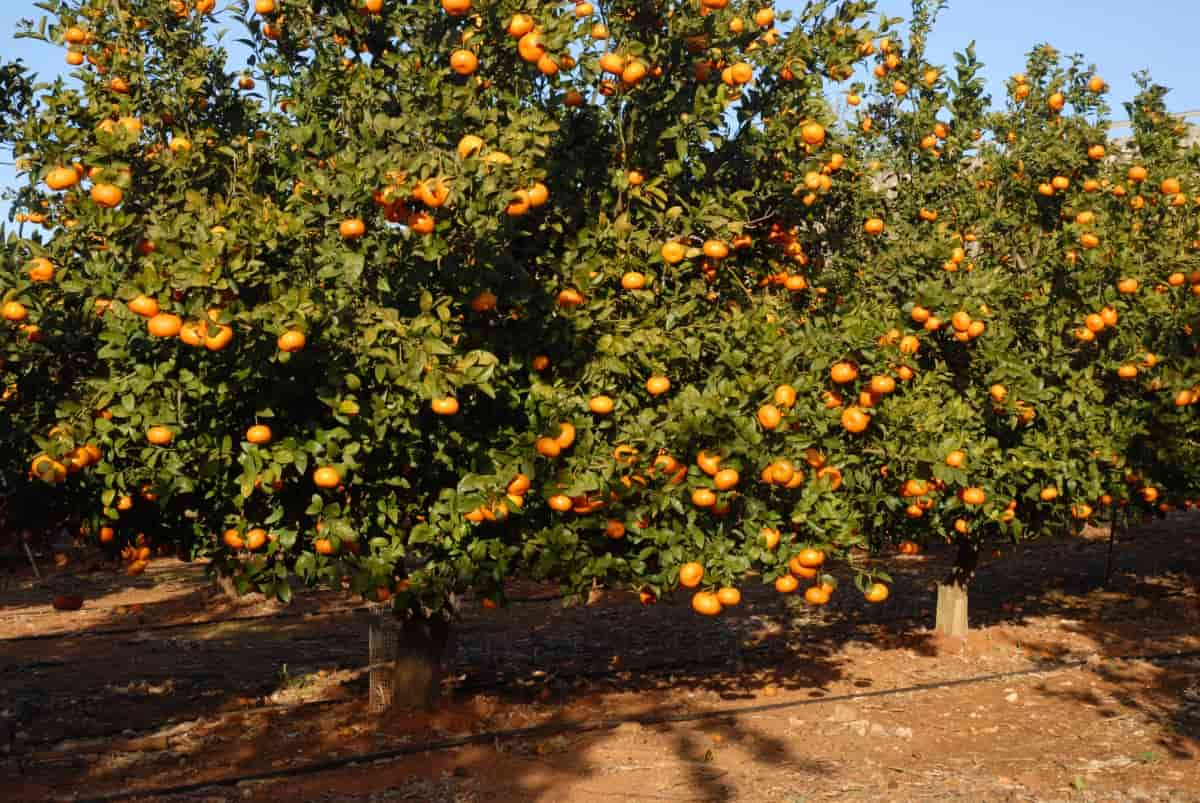
Conclusion
Mission for Integrated Development of Horticulture (MIDH) offers a golden opportunity for Indian fruit farmers to access substantial subsidies, ranging from 40-60%. This support promises to revolutionize fruit crop cultivation and secure a thriving future for agriculturalists nationwide.
- Types of Pesticides Used in Agriculture: A Beginner’s Guide
- Economical Aquaculture: A Guide to Low-Budget Fish Farming
- 15 Common Planting Errors That Can Doom Your Fruit Trees
- How to Make Houseplants Bushy: Effective Tips and Ideas
- Innovative Strategies for Boosting Coconut Pollination and Yield
- Pollination Strategies for Maximum Pumpkin Yield
- The Complete Guide to Chicken Fattening: Strategies for Maximum Growth
- Natural Solutions for Tulip Problems: 100% Effective Remedies for Leaf and Bulb-Related Issues
- Revolutionizing Citrus Preservation: Towards a Healthier, Greener Future
- Natural Solutions for Peony Leaf and Flower Problems: 100% Effective Remedies
- Maximizing Profits with Avocado Contract Farming in India: A Comprehensive Guide
- Natural Solutions for Hydrangea Problems: 100% Effective Remedies for Leaf and Flowers
- The Ultimate Guide to Choosing the Perfect Foliage Friend: Bringing Life Indoors
- From Sunlight to Sustainability: 15 Ways to Use Solar Technology in Agriculture
- The Ultimate Guide to Dong Tao Chicken: Exploring from History to Raising
- The Eco-Friendly Makeover: How to Convert Your Unused Swimming Pool into a Fish Pond
- Mastering the Art of Delaware Chicken Farming: Essentials for Healthy Backyard Flocks
- 20 Best Homemade Fertilizers for Money Plant: DIY Recipes and Application Methods
- How to Craft a Comprehensive Free-Range Chicken Farming Business Plan
- Brighten Your Flock: Raising Easter Egger Chickens for Beauty and Bounty
- How to Optimize Your Poultry Egg Farm Business Plan with These Strategies
- Subsidy for Spirulina Cultivation: How Indian Government Schemes Encouraging Spirulina Farmers
- Ultimate Guide to Raising Dominique Chickens: Breeding, Feeding, Egg-Production, and Care
- Mastering the Art of Raising Jersey Giant Chickens: Care, Feeding, and More
- Ultimate Guide to Raising Legbar Chickens: Breeding, Farming Practices, Diet, Egg-Production
- How to Raise Welsummer Chickens: A Comprehensive Guide for Beginners
- How to Protect Indoor Plants in Winter: A Comprehensive Guide
- Ultimate Guide to Grow Bag Gardening: Tips, Tricks, and Planting Ideas for Urban Gardeners
- Guide to Lotus Cultivation: How to Propagate, Plant, Grow, Care, Cost, and Profit
- Agriculture Drone Subsidy Scheme: Government Kisan Subsidy, License, and How to Apply Online
- Ultimate Guide to Raising Araucana Chickens: Breed Profile, Farming Economics, Diet, and Care
- Bringing Hydroponics to Classroom: Importance, Benefits of Learning for School Students
- Ultimate Guide to Raising Polish Chickens: Breed Profile, Farming Economics, Diet, and Care
- Ultimate Guide to Raising Australorp Chickens: Profile, Farming Economics, Egg Production, Diet, and Care
- Silkie Chicken Farming: Raising Practices, Varieties, Egg Production, Diet, and Care
- Sussex Chicken Farming: Raising Practices, Varieties, Egg Production, Diet and Care